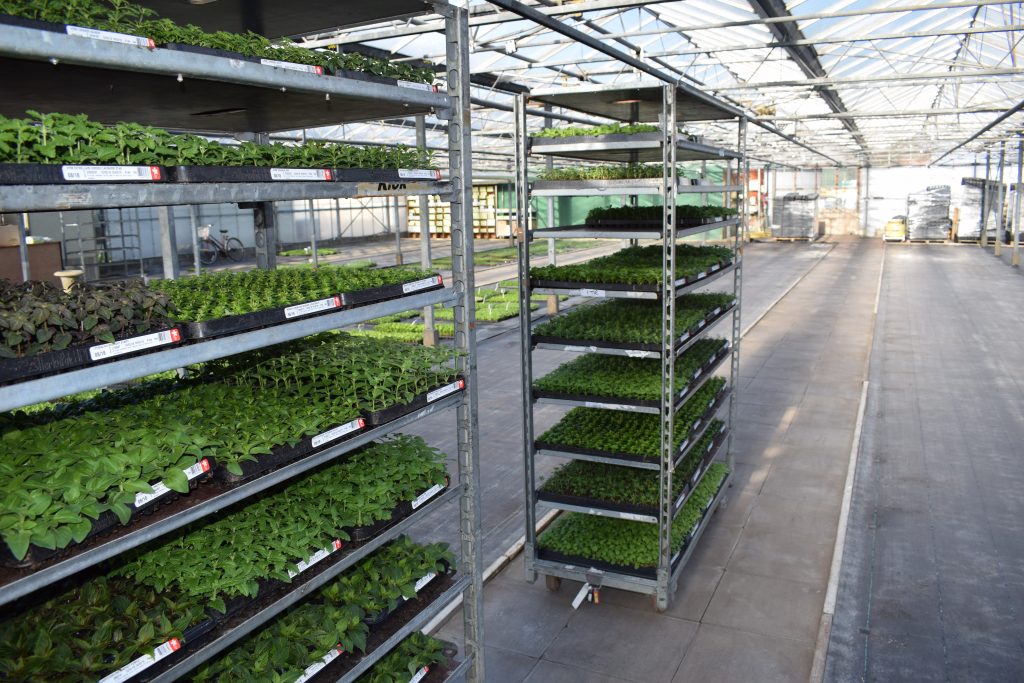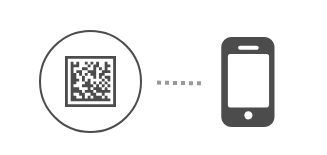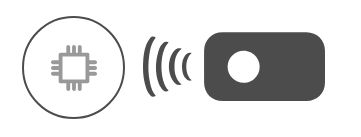Scanner
Scanner information for companies currently using RFID scanners
The CC TAG5 is fitted with an RFID chip and a data matrix.
- The RFID chip and data matrix can both be used to identify individual containers.
- Verifying if the label is genuine and not a counterfeit (authentication) can only be done by reading the RFID chip.

Reading the data matrix
Reading the RFID chip

The data matrix can be read with a mobile phone and used to identify an individual container. This can be helpful in streamlining your business processes, for example by ‘marrying’ the container with the products that are on it, in order to keep track of the products in the logistics process.

The RFID chip can be read with a scanner. In this way you can identify an individual container and you can check if the label is genuine.
New way of authentication with the RFID chip
The way of checking the chip has been changed. With the old red label the individual number of the chip read by the scanner was sent to a central database. If the number was in the database, an ‘ok’ signal was sent back. Depending on the connection, this could take up to several seconds per label. It was also possible to have the database downloaded in to the scanner; this helped the performance but the information got outdated over time.
Now the scanner has to be fitted with an encryption key. The check to see if the label is genuine will be performed by the scanner itself. This means the scans can be performed a lot quicker as no connection with a database is needed, but it also means the scanners need to have the encryption key.

Authentication of the label, old and new way


